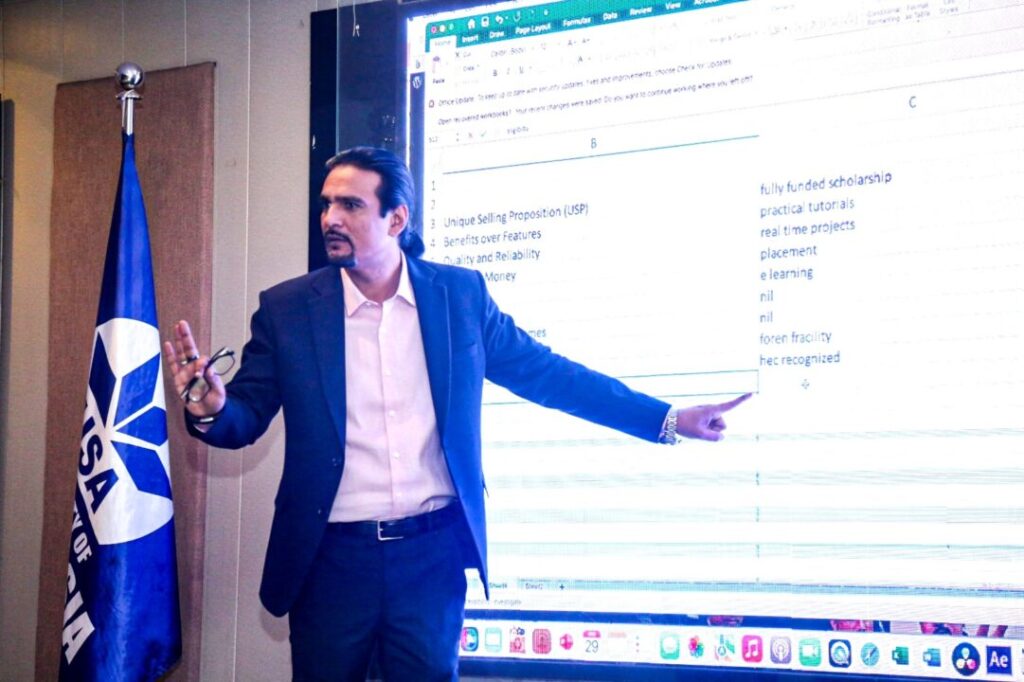Table of Contents
Introduction
Scriptwriting is an art form that transforms stories into visual experiences. Whether you’re a seasoned filmmaker or a budding writer, mastering scriptwriting is crucial for bringing your visions to life. In this comprehensive guide, we’ll delve into scriptwriting techniques, script writing formats, scriptwriting structure, explore free script writing software, and analyze various script writing examples. By the end of this article, you’ll have a solid foundation to start or enhance your scriptwriting journey.
Understanding Scriptwriting

What is Scriptwriting?
Scriptwriting, or screenwriting, is the process of writing scripts for films, television shows, and theater productions. A script includes the dialogue, character actions, and scene directions necessary to tell a story visually.
The Role of a Scriptwriter
A scriptwriter is responsible for creating the blueprint of a production. They craft the narrative, develop characters, and ensure the story flows logically and engagingly. The scriptwriter’s work is foundational, guiding directors, actors, and production teams.
Scriptwriting Techniques
Character Development
Creating believable, multi-dimensional characters is crucial. Characters should have distinct voices, clear motivations, and undergo development throughout the story.
Dialogue Writing
Good dialogue sounds natural and reveals character traits and plot points. Avoid expository dialogue that feels forced.
Scene Descriptions
Effective scene descriptions are concise yet vivid, providing enough detail for readers to visualize the setting without overwhelming them.
Scriptwriting Formats
Standard Scriptwriting Format
A standard script format is essential for readability and professionalism. Scripts are typically written in 12-point Courier font, with specific margins and spacing to ensure clarity. Here’s a basic structure:
- Title Page: Includes the script title, writer’s name, and contact information.
- Scene Headings: Indicate the location and time of day (e.g., INT. COFFEE SHOP – DAY).
- Action Lines: Describe the setting and actions (e.g., John walks into the coffee shop).
- Character Names: Centered and in uppercase before dialogue.
- Dialogue: Written beneath the character’s name.
- Parentheticals: Indicate how dialogue should be delivered (e.g., (whispering)).
Differences in Formats for Various Media
Film
Film scripts are highly visual, focusing on actions and dialogue that move the plot forward. They often include detailed scene descriptions and camera directions.
Television
Television scripts can vary depending on the genre (e.g., sitcoms vs. dramas). They generally include act breaks and may have more dialogue-driven scenes compared to films.
Theater
Theater scripts emphasize dialogue and stage directions. They often include detailed instructions for actors and stage managers to ensure the performance flows smoothly.
Key Elements of a Script
Every script, regardless of its format, includes essential elements:
- Plot: The sequence of events that make up the story.
- Characters: The people who drive the plot forward.
- Dialogue: The spoken words between characters.
- Action: Descriptions of what happens on screen or stage.
Scriptwriting Structure
The Three-Act Structure
The three-act structure is a traditional narrative framework used in many scripts:
- Act One: Introduction of characters and setting, establishment of the main conflict.
- Act Two: Development of the plot, escalation of the conflict.
- Act Three: Climax and resolution of the story.
Other Narrative Structures
Five-Act Structure
Common in classical theater, the five-act structure breaks the story into more detailed sections:
- Exposition: Introduction of the story.
- Rising Action: Building up the conflict.
- Climax: The turning point.
- Falling Action: Consequences of the climax.
- Denouement: Resolution and conclusion.
Non-Linear Structure
Non-linear narratives present events out of chronological order. This structure can create suspense and engage audiences by revealing key information at strategic moments. Film Scriptwriting: Basics, Software, & Story Structure 2024
Free Script writing Software
Introduction to Free Software Options
Using the right tools can make scriptwriting more efficient. Luckily, there are a few free programming choices accessible.
Detailed Reviews of Top Free Software
Celtx
Celtx is a popular choice for its comprehensive features, including scriptwriting, storyboarding, and production planning. Its cloud-based stage considers simple cooperation.
Trelby
Trelby is a free, open-source scriptwriting software known for its simplicity and ease of use. It supports multiple file formats and has a clean interface.
WriterDuet
WriterDuet offers a free version with real-time collaboration, making it ideal for writing teams. It also includes tools for formatting and revising scripts.
Script writing Examples
Classic Film Scripts
Analyzing classic film scripts can provide valuable insights. For instance, the script for “Casablanca” is often praised for its tight narrative and memorable dialogue.
Modern Television Scripts
Modern TV scripts, like those for “Breaking Bad,” demonstrate effective character development and complex plot structures.
Theater Scripts
Theater scripts, such as those by Arthur Miller, showcase the importance of dialogue and stage directions in conveying the story.
The Writing Process
From Concept to First Draft
Starting with a strong concept is key. Outline your story, develop your characters, and then dive into writing the first draft.
Revisions and Edits
Revisions are crucial. Focus on refining dialogue, tightening scenes, and ensuring the story flows logically.
Getting Feedback
Seek feedback from peers, mentors, or scriptwriting groups. Constructive criticism can help you identify and fix weaknesses in your script.
Industry Insights
Trends in Scriptwriting for 2024
Stay updated on industry trends. In 2024, expect to see more diverse narratives, innovative storytelling techniques, and the influence of emerging technologies.
The Impact of Technology on Scriptwriting
Technology is reshaping scriptwriting, from AI-assisted writing tools to virtual reality storyboarding. Embrace these advancements to enhance your writing process.
Networking and Collaboration
Networking is vital in the scriptwriting industry. Join writing communities, attend workshops, and collaborate with other creatives to expand your opportunities.
Resources for Aspiring Scriptwriters

Online Courses and Workshops
Platforms like Coursera and MasterClass offer courses from industry professionals. These can provide valuable skills and knowledge.
Books and Guides
Books like “Save the Cat!” by Blake Snyder and “The Screenwriter’s Bible” by David Trottier are excellent resources for scriptwriters.
Communities and Forums
Join communities like Reddit’s r/Screenwriting or the Scriptwriters Network to connect with fellow writers, share tips, and get feedback.
Conclusion
Mastering scriptwriting involves understanding formats, utilizing the right tools, and continuously honing your craft. With dedication and the right resources, you can create compelling scripts that captivate audiences. Happy writing!
FAQs
What is the best format for scriptwriting?
The best format depends on your medium. For films, a standard screenplay format is ideal. Television scripts may vary by genre, and theater scripts have their own conventions.
Can I use free software for professional scriptwriting?
Yes, many free software options like Celtx and WriterDuet offer robust features suitable for professional use.
How do I improve my scriptwriting skills?
Practice regularly, read scripts, take courses, and seek feedback from peers and mentors.
Where can I find examples of good scripts?
Websites like SimplyScripts and The Internet Movie Script Database (IMSDB) offer access to a wide range of scripts for study.
What are the common mistakes to avoid in scriptwriting?
Avoid overwriting descriptions, using too much exposition in dialogue, and failing to develop well-rounded characters.

